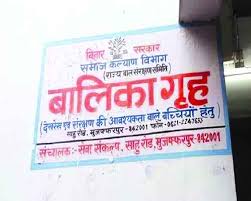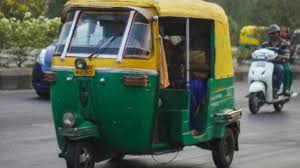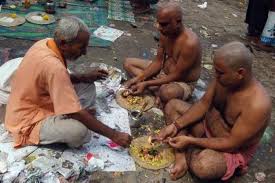source: buddhistdoor.net
Thai wildlife officials reported on Saturday that more than half of 147 tigers seized in 2016 from an infamous Buddhist temple in Thailand’s Kanchanaburi Province* have died from disease.
According to local media reports, Thai officials said that 54 of 85 rescued tigers had died at Khao Prathap Chang Wildlife Sanctuary, while 32 of 62 tigers had died at Khao Son Wildlife Sanctuary, both in neighboring Ratchaburi Province, over a three-year period since being moved to the sanctuaries, despite being receiving treatment from veterinarians.
Officials said that the big cats may have died from the canine distemper virus, or from laryngeal paralysis, which causes an obstruction to the upper airway, as they had had exhibited symptoms before arriving at the sanctuaries. An unidentified source cited by the Thai PBS World news website source said that most of the confiscated tigers were captive-bred Siberian tigers and therefore lacked natural immunity, rendering them susceptible to diseases.
The director-general of Thailand’s Department of National Parks, Wildlife and Plant Conservation, Thanya Netithammakun, said that officials were investigating the cause of the deaths and the results should be known by next week.
Wat Pha Luang Ta Bua Yanasampanno, popularly known as the “Tiger Temple,” a Buddhist monastery to the west of the capital Bangkok, promoted itself as a wildlife sanctuary. The temple received its first tiger cub from local villagers in 1999, but it died soon afterward. The monastery subsequently received several tiger cubs to care for, which were allowed to breed. As the number of tigers living at the temple grew, the monastery became a popular tourist attraction, charging admission to visitors who could pay to have their photographs taken with the temple’s resident tigers and bottle feed their cubs as a means of raising funds to care for the animals.
Prakit Vongsrivattanakul, deputy director-general of the Department of National Parks, Wildlife and Plant Conservation, was quoted as saying that the big cats were particularly susceptible to the canine distemper virus.
“When we took the tigers in, we noted that they had no immune system due to inbreeding,” he said. “We treated them as symptoms came up.” (Independent)
The Buddhist temple, founded in 1994, ran its tiger park for more than 10 years, despite concerns about alleged involvement in the illegal wildlife trade and the possible mistreatment of tigers for commercial gain voiced by animal welfare groups. Suspicions were confirmed when animals parts and carcasses were found. Since some tigers parts are commonly used in traditional Chinese remedies and command significant prices on the black market, some personnel at the temple were believed to be participating in a wildlife trafficking ring. The activities were exposed in an investigative report published by National Geographic.
In late May 2016, following a dramatic raid led by the Department of National Parks, Wildlife and Plant Conservation, the authorities began an operation to seize and relocate the tigers housed at the monastery. Some of the confiscated tigers were found to have physical deformities allegedly caused by inbreeding. In addition to live tigers, officials reportedly found the frozen bodies of some 40 cubs, as well as body parts from other animals.
A day after the initial raid, another 30 tiger cub carcasses were found in containers with English-language labels, suggesting that they might have been destined for sale. The abbot’s secretary was subsequently stopped while attempting to leave the temple with two whole tiger skins, 10 tiger teeth, and some 1,000 amulets containing small pieces of tiger skin.
The Buddhist temple was closed to the public at the beginning of the raid. The monastery’s abbot, Phra Wisutthi Sarathera, known locally as Luang Ta Chan, and temple representatives has repeatedly denied any wrongdoing.
Phra Wisutthi Sarathera was reported by the Khaosod English news website to have called on officials to return the remaining tigers to his care.
“It’s karma for tigers. When the tigers were here, everyone took great care of them. No one intended to harm them, while villagers were able to make a living,” the monk said. “If the department can’t nurture them, then bring them back and I’ll take care of them at the temple. I also want to probe into the carcasses to ensure they don’t end up on the black market.” (Khaosod English)
According to a report in July this year by The Nation newspaper, the population of wild tigers living in Thailand has risen to some 250 individuals in 10 forest complexes across 31 sanctuaries nationwide, due in part to conservation efforts by the Huai Kha Khaeng Wildlife Sanctuary in Uthai Thani and Tak Provinces. World Animal Protection put the number of tigers living in captivity in Thailand at around 830, as of 2016.
Thailand is predominantly a Theravada Buddhist country, with 94.5 per cent of the kingdom’s population of 69 million identifying as Buddhists, according to census data for 2015. The next most prominent religion is Islam, representing 4.29 per cent.









